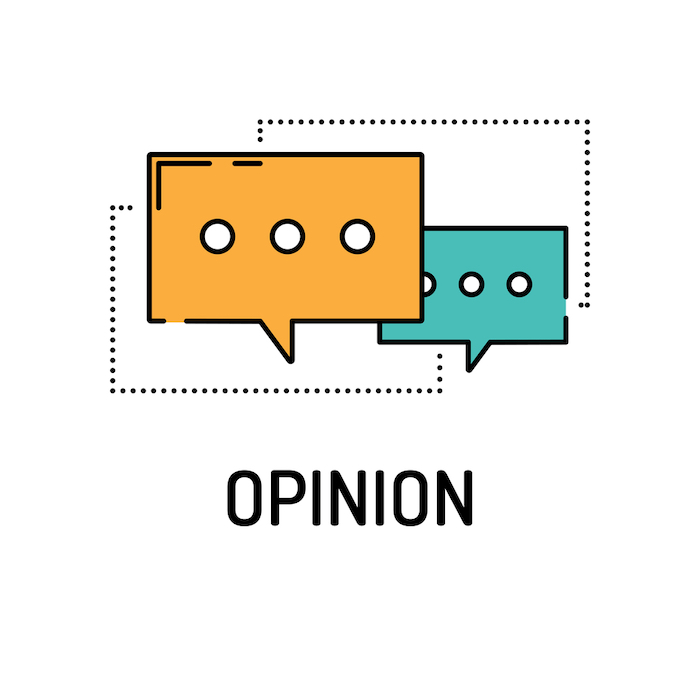Kudos to Director Vidal for Embracing the Hard Challenges of Leadership
“[The] challenges are complex and will take time to address. However, it is a brave act of leadership to officially recognize these challenges and meet them head on.”
Later this week, our nation and the world will celebrate the 55th anniversary of Neil Armstrong’s first moonwalk. Before that historic event, President John F. Kennedy explained why the U.S. undertook such a challenge:
“We choose to go to the Moon in this decade and do the other things, not because they are easy, but because they are hard; because that goal will serve to organize and measure the best of our energies and skills, because that challenge is one that we are willing to accept, one we are unwilling to postpone, and one we intend to win, and the others, too.”
To me, the inspiring part of the speech was not the goal of going to the moon itself but embracing that goal and others “not because they are easy but because they are hard.”
Delays Discourage Innovation
I am delighted that U.S. Patent and Trademark Office (USPTO) Director Kathi Vidal is doing just that: embracing the hard challenges. Moreover, she is tackling a worthy cause—patent pendency. According to the USPTO dashboard, the number of unexamined patent applications reached 785,387 in May 2024, nearing an all-time high. High patent pendency, caused by the large number of unexamined patent applications, is problematic because the USPTO’s ability to meet patent demand is crucial for protecting intellectual property rights and fostering technological progress, which in turn ensures the current and future competitiveness of the United States. Why? The high number of unexamined patent applications can discourage inventors and businesses from pursuing innovative ideas. Delays in patent approvals can also slow down the commercialization of new technologies, affecting economic growth. Businesses may hold off on launching new products until they have secured patent protection, leading to lost revenue and reduced market competitiveness. Prolonged patent pendency also creates a period of uncertainty where inventors and companies do not have clear rights to their innovations. This can lead to legal disputes and hinder the ability to attract investment or form partnerships. In a global market, efficient patent processing is crucial for maintaining a competitive edge. If the U.S. patent system is slower than those of other countries, it could disadvantage American inventors and companies, leading to a shift of innovation activities to countries with more efficient patent systems.
All this said, the problem of high patent pendency is neither new nor easy to solve. The backlog has been growing steadily over the past 17 years for several reasons. These include the competitive labor market for potential patent examiners who have the necessary technical degrees and backgrounds, the increasing complexity and multidisciplinary nature of patent applications, and institutional difficulties in extending working hours and increasing pay for patent examiners. Additionally, the USPTO took important steps several years ago to improve patent quality, including extending the time allotted to examine each patent application, which exacerbated the pendency problem.
Reaching the Moon
These known challenges are complex and will take time to address. However, it is a brave act of leadership to officially recognize these challenges and meet them head-on. It is equally important to acknowledge that the agency has already taken certain steps to address the pendency. For instance, in 2022, the USPTO began implementing processes for routing patent applications to increase the likelihood that a patent application would be assigned to an examiner with the right technical background in the first instance. The agency also extended working hours so examiners would have more flexibility and could increase productivity. Significantly, the USPTO recently announced that for the first time in years, it secured an increase in the special rate compensation table that covers nearly 9,000 patent professionals at the agency. Thus, patent examiners can now make more money, helping the agency attract and retain talented examiners. The USPTO also adjusted its award structures to better attract and reward employees who make meaningful contributions to the agency’s pendency and quality goals.
It is also critical that the agency continue to explore and identify additional potential contributing factors to the pendency problem as well as to recognize that some solutions may come from outside the agency. As Director Vidal herself stated, “Like other USPTO initiatives, reducing pendency requires stakeholder participation.” I would argue that, in addition to inviting the thoughts of outside stakeholders, it will also require help from Congress—working with the agency to fully understand the multidimensional reasons for increasing pendency and acting as a partner to find and fund solutions.
Kudos to Director Vidal for reaching for the moon and addressing this hard challenge.
Image Source: Deposit Photos
Author: garagestock
Image ID: 133247770
Marla Grossman
Marla Grossman is one of the country’s preeminent intellectual property, technology and trade government relations attorneys. As a partner at the American Continental Group, she helps her clients with strategic […see more]







